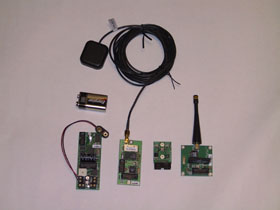How We Plan to Accomplish This Amazing Feat – Part 1

T-Plus 6 Months
Since May 2006 we have done a lot of the background work and initial acquisition of equipment—basically, to answer the questions: Can we do this? What instrumentation is available? Are there COTS products we can use? Do we need to design our own data acquisition boards? What happens when we put the sensors and electronics in a model rocket (from kit form) and launch it? What we’ve found so far are a number of potential sensor options that we think will be appropriate for our task. We also have found that we will be able to meet more educational objectives if we have a Mudd-designed data acquisition system, and we’ve begun that design work. We’ve also found an off-the-shelf board (the RDAS flight computer) that we could use as a back-up data acquisition system. It doesn’t do exactly what we want, but we could certainly meet many educational objectives by using this board.
The RDAS flight computer has and will continue to be used for some flight-testing of sensors, and as a back-up in case the Mudd-designed system isn’t ready by January 2008. It has a maximum sample rate of 200 SPS, a 10-bit A-to-D resolution, and just over 300 kB of storage. It has an axial accelerometer, and an altitude pressure sensor. It can be additionally configured with two lateral accelerometers, a temperature sensor, a GPS, and a 900 MHz telemetry system, or with custom-built sensor inputs. We have already successfully flight-tested it with a custom four-channel vibration-sensor board. The RDAS allows a total of six analog inputs beyond the accelerometer and altimeter. Ideally, we want a data acquisition system that allows us more freedom with the measurement resolution and the number of inputs (more sensors), and has higher rates and storage capabilities.

